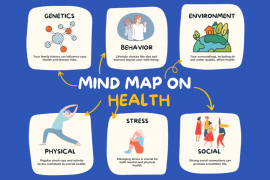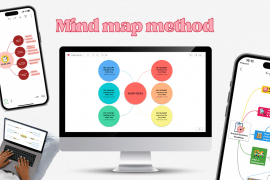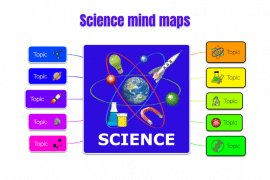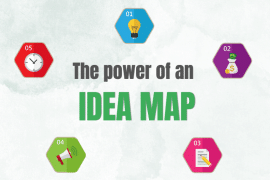
Decision making is a critical part of our personal and professional lives.
Whether it’s choosing what to eat for dinner. Or determining the best course of action in a business meeting. Or making a major life change like moving for a new job or getting married. The choices we make can have a lasting impact on our lives.
With so many factors to consider and variables to weigh, decision making can be a complex and overwhelming task. But, with the right decision making tools, anyone can improve their chances of success. This is especially so if you’ll remember that improving your decision making process is a trial and error process.
In this article, we’ll explore 5 effective decision making techniques that can help you make informed and confident choices. We’ll examine some of the most popular decision making tools, including Pareto analysis and decision tree analysis.
We’ll take a close look at each of these decision making techniques. Then, we’ll provide examples of how they can be used to help you improve your decision making.
1. SWOT Analysis
SWOT Analysis is a strategic planning tool used to identify the key factors of a situation, project, or business. Once you’ve noted these essential areas, you’ll be better equipped to make your final decision. The acronym SWOT stands for:
Strengths:
Characteristics that give a person, organization, or project an advantage over others.
Weaknesses:
Characteristics that place a person, organization, or project at a disadvantage compared to others.
Opportunities:
External circumstances that can be used to a person, organization, or project’s advantage.
Threats:
External circumstances that can harm a person, organization, or project.
This decision making technique is particularly popular in the project management space. It’s an easy way for business leaders to analyze their business strategy and make effective decisions.
How SWOT analysis can empower your decision making process
By identifying the SWOT factors of a situation, project, or business, you can gain a clearer picture of the road ahead.
It’ll reveal any limited resources you may be working with. It will clarify good alternatives to your current route. And it will ensure your business decisions are made with external and internal factors in mind.
All in all, it can be used to develop robust tactics. You’ll be able to make strategic decisions that address weaknesses and threats while capitalizing on your strengths and opportunities. This is why it’s one of the most powerful decision making techniques out there.
An example of SWOT analysis in action
Imagine that you’re a small business owner who’s considering expanding your business into a new market. To make this strategic decision, you can conduct a SWOT analysis of your business and the new market.
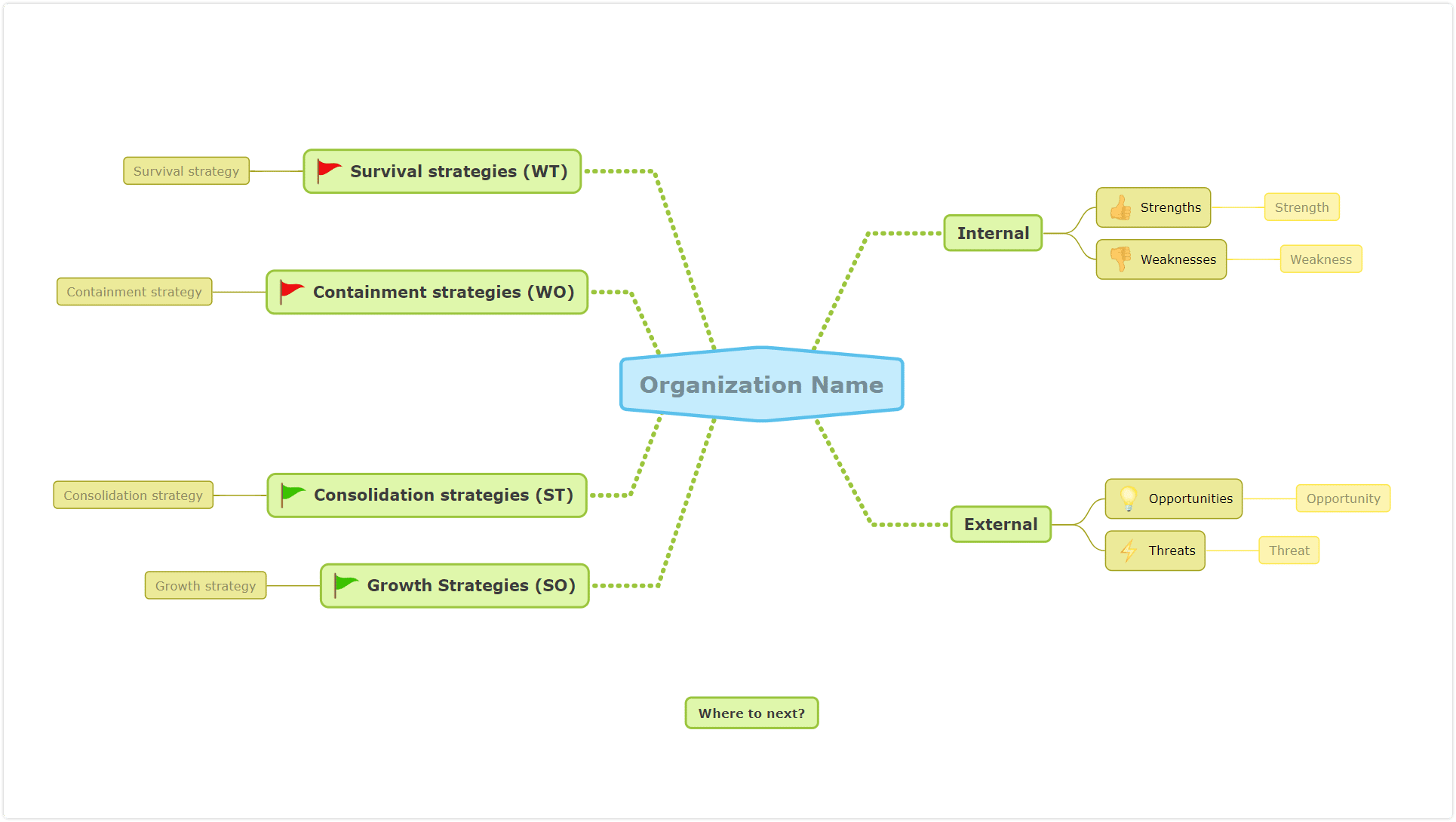
Your strengths might include your experience, your reputation, and your relationships with suppliers.
Your weaknesses might include limited financial resources and a lack of knowledge about the new market.
The opportunities might include a large, untapped customer base and government incentives for businesses in the area.
The threats might include strong competition and unfavorable economic conditions.
By considering these factors, you can determine whether expanding into the new market is a good decision for your business.
2. Cost-Benefit Analysis
Cost-benefit analysis is a systematic approach to evaluating the costs and benefits of a decision, project, or investment. This technique helps you to determine whether the benefits of a decision outweigh the costs and if it is worth proceeding.
How cost-benefit analysis can make your business decisions more effective
By conducting a cost-benefit analysis, you can make an informed decision by weighing the costs and benefits of a situation, project, or investment. The analysis considers both the financial and non-financial aspects of the decision, such as the time and resources required, the potential risks and benefits, and the impact on stakeholders.
An example of cost-benefit analysis in action
Let’s say you are an employee who is considering taking a new job that requires you to move to a new city. To make this decision, you can conduct a Cost-Benefit Analysis by weighing the costs, such as the expenses for moving, the cost of living, and the loss of your current job, against the benefits, such as a higher salary, a better work-life balance, and the opportunity to live in a new city. By conducting this analysis, you can determine whether taking the new job is a good decision for you and your family.
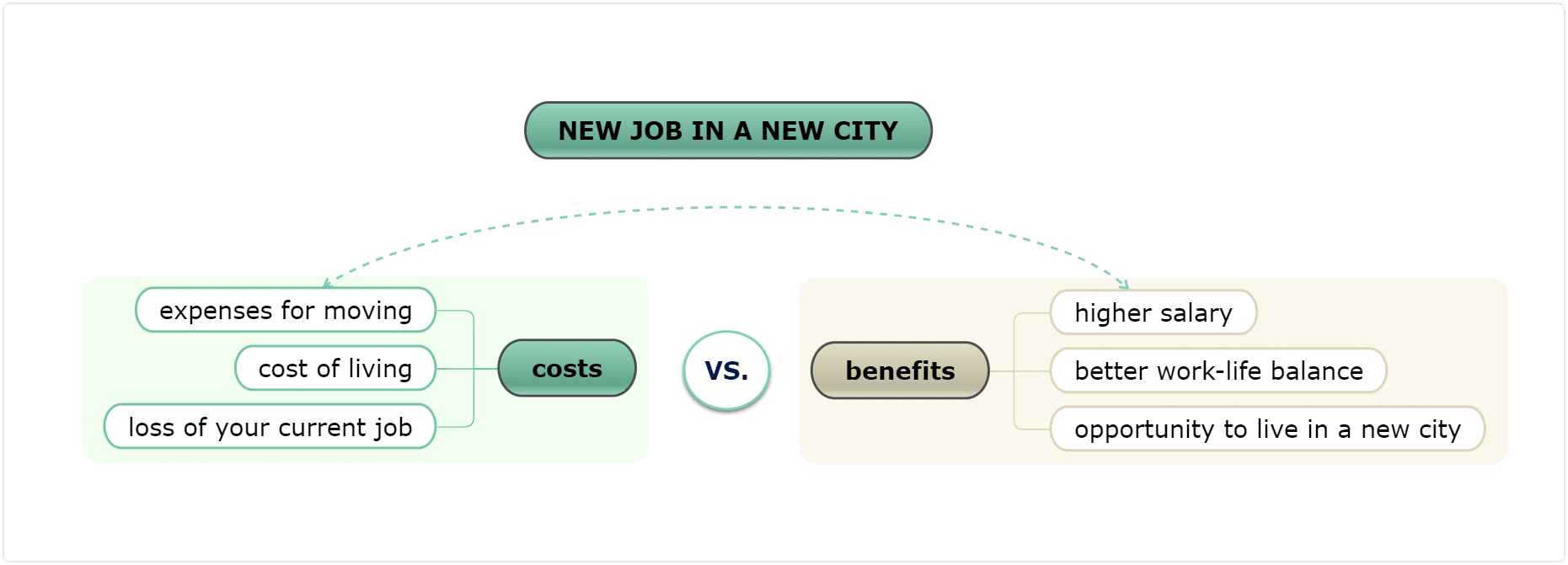
3. Pareto Analysis
Pareto Analysis is a decision-making tool that helps you prioritize problems or tasks based on their importance and urgency. It is based on the Pareto Principle, which states that 80% of the effects come from 20% of the causes.
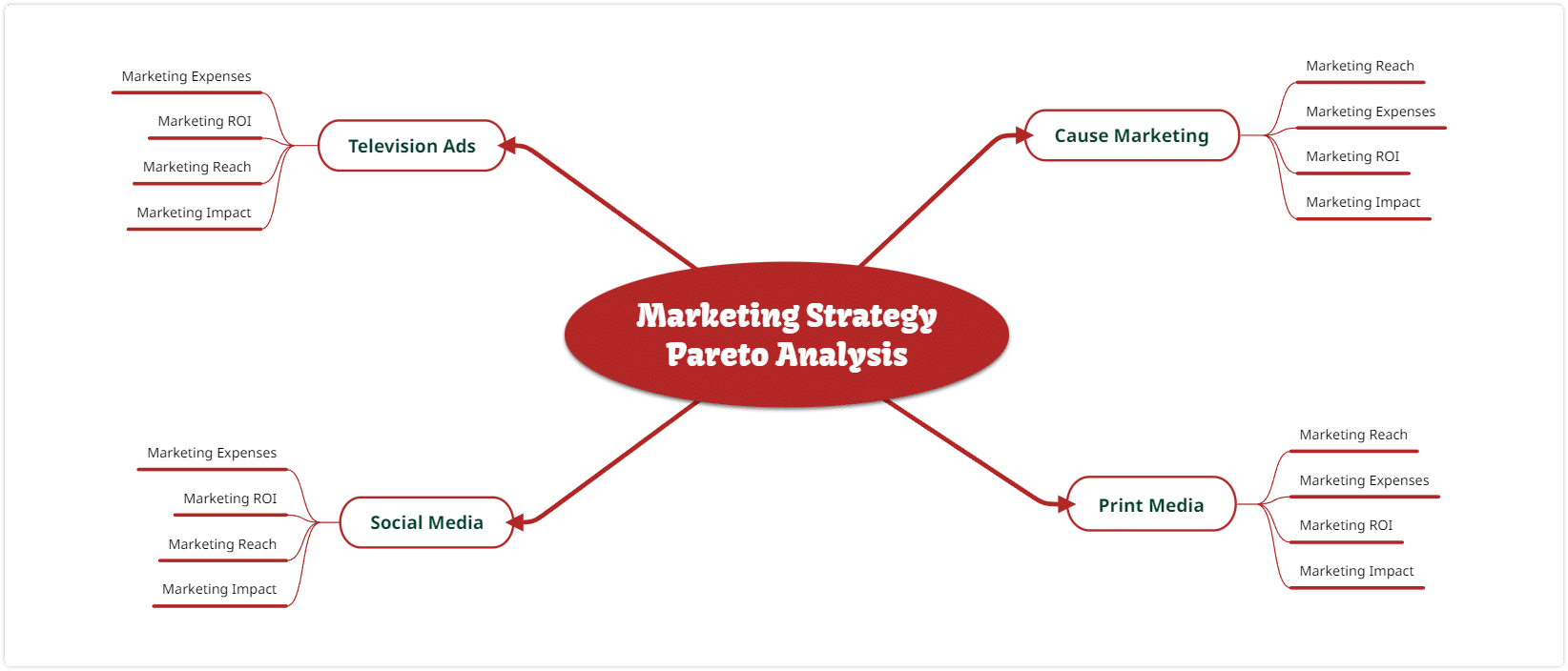
How Pareto analysis can improve your decision making process
By conducting a Pareto Analysis, you can focus on the most important problems or tasks that have the greatest impact on your goals. This analysis helps you to determine which tasks should be tackled first. It reveals which ones can be delayed or delegated. And it shows which ones can be eliminated altogether.
An example of Pareto analysis in action
Let’s say you are a manager who is responsible for a team of ten employees. To make decisions about how to allocate resources and prioritize tasks, you can conduct a Pareto Analysis by identifying the 20% of tasks that have the greatest impact on your goals. By focusing on these tasks, you can ensure that your team is working on the most important projects and achieving the best results.
4. Force Field Analysis
Force Field Analysis is a decision-making tool that helps you weigh the pros and cons of a decision. It helps you to identify and analyze the forces that are driving a change and the forces that are resisting it.
How force field analysis can improve your decision making process
By conducting a Force Field Analysis, you can understand the factors that are positively and negatively affecting a decision. This analysis can help you to identify the reasons for resistance to change and to develop strategies to overcome obstacles. Furthermore, it can help you to identify the resources that are necessary to drive the change and to ensure its success.
An example of this decision making technique in action
Let’s say you are a business owner who is considering expanding your business into a new market. With this decision making technique, you can weigh the pros and cons of this decision.
For example, the positive factors might include increased revenue, new customers, and diversification. On the other hand, the negative factors might include increased costs, increased competition, and market uncertainty. By identifying these factors, you can make informed decisions about whether to move forward with the expansion or not.

5. Decision Trees
A decision tree is a graphical representation of possible outcomes based on a series of decisions and chance events. It is a visual tool that helps you to analyze the impact of different decisions and to choose the best course of action.
How a decision tree can improve your decision making process
By using Decision Trees, you can break down a complex decision into smaller, manageable parts. It allows you to identify the possible outcomes of each decision and to evaluate the potential consequences of each outcome. Furthermore, Decision Trees can help you to identify the most favorable path, taking into account both the likelihood of each outcome and its potential impact.
An example of a decision tree in action
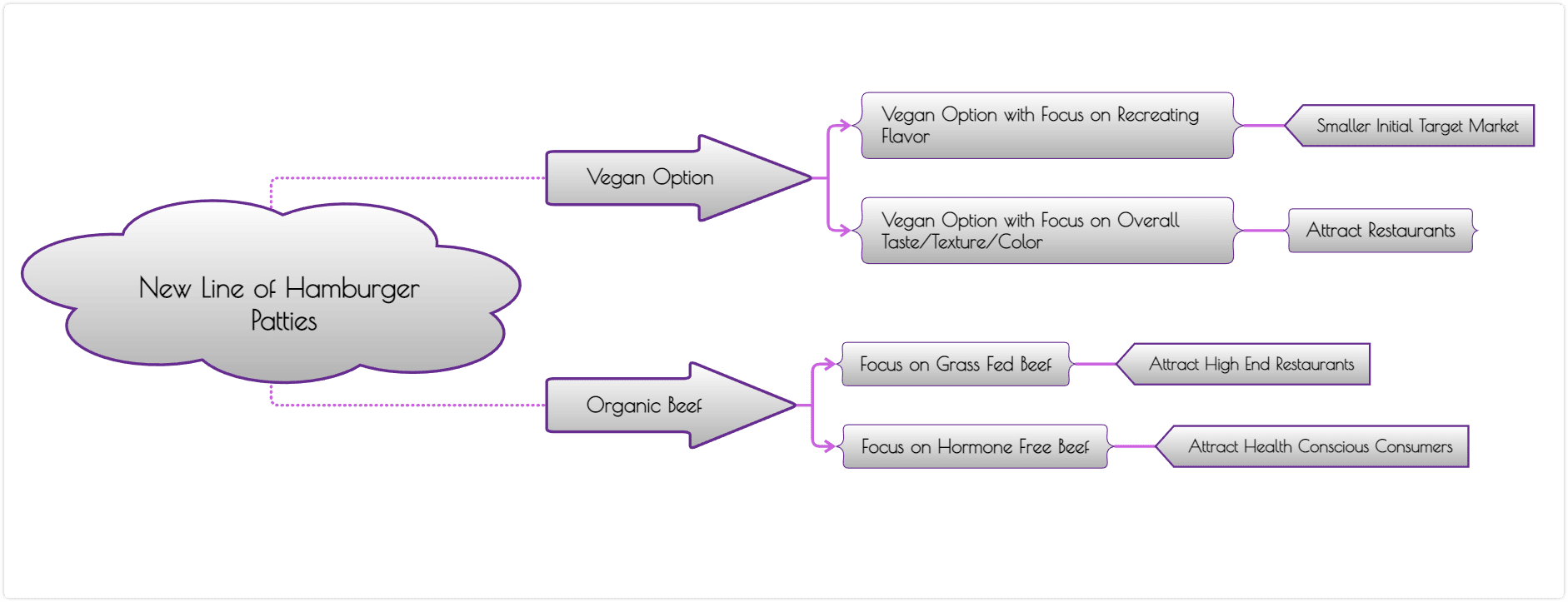
Let’s say you are a manager who is trying to decide whether to invest in a new product line. By using a Decision Tree, you can analyze the potential outcomes of this decision. For example, you might identify the probability of success, the potential profits, and the risks involved in the investment. By evaluating these factors, you can make an informed decision about whether to move forward with the investment or not.
The best way is to choose a decision tree maker that allows you to create your own diagram from scratch or to start from a predefined template. If you don’t know how to start creating one, get some inspiration by checking these decision tree examples. Digital diagrams are easy to edit, share or copy and reuse the same structure for other decisions.
Moreover, you can use the same tool to create the above mentioned techniques and create a diagram for each case. Mindomo is a full featured diagram software you can use to create all these diagrams and more.
Other decision making tools
These five decision making techniques are some of the best for honing your decision making skills. But they aren’t the only decision making techniques worth considering. Here are a few other options you may want to consider:
Multiple criteria decision analysis
This is a method of evaluating alternatives in decision making situations where multiple criteria need to be considered. It involves a systematic approach to ranking or prioritizing options. Often, this is done via paired comparison analysis. Once complete, the analysis can be used to support a wide range of decisions. Financial decisions, business strategy decisions, and more can benefit from this tool.
Conclusion decision making
This is a type of decision making process in which decisions are made based on the conclusions drawn from the available information and data. In this process, decision-makers evaluate the relevant information, analyze it, and reach a conclusion about the best course of action to take. The conclusion is then used to make a final decision.
Analytic Hierarchy Process
With this tool, the decision-maker defines a hierarchy of criteria and sub-criteria. Then, they use pairwise comparisons to evaluate the relative importance of each element in the hierarchy. The pairwise comparisons are used to calculate a priority vector. This represents the overall priority of each alternative. The process is widely used in fields such as operations research and management science to support complex decision-making problems.
Keep it smart, simple, and creative!
The Mindomo Team



